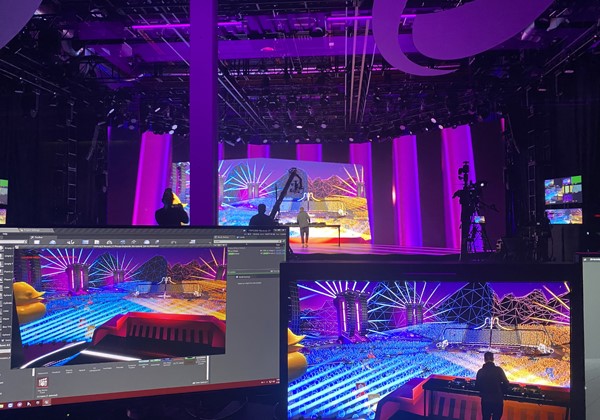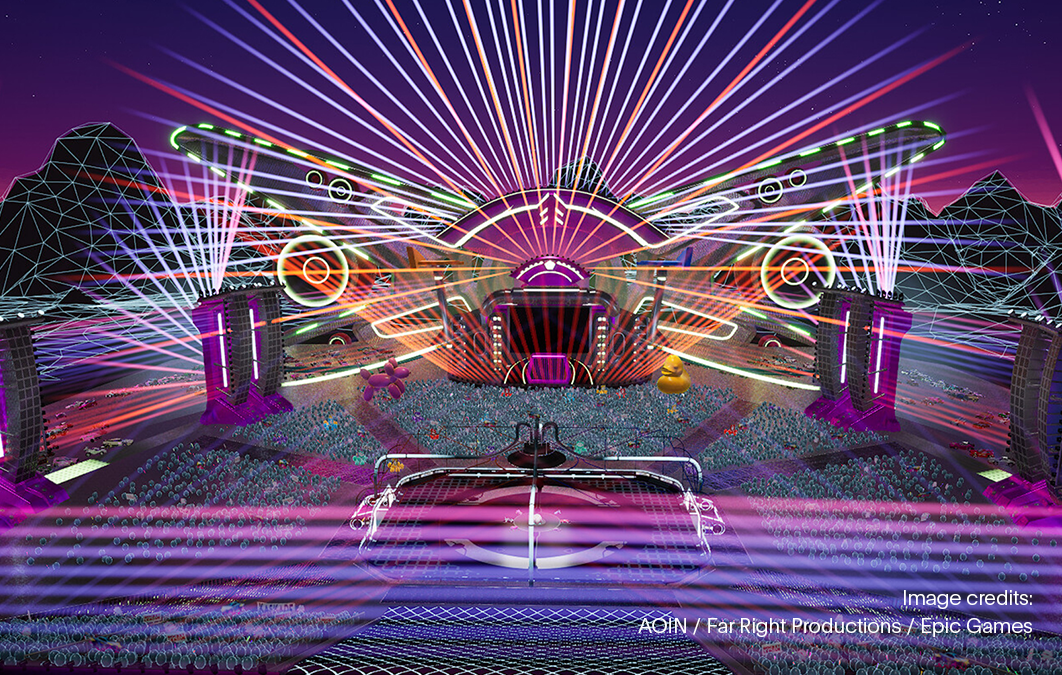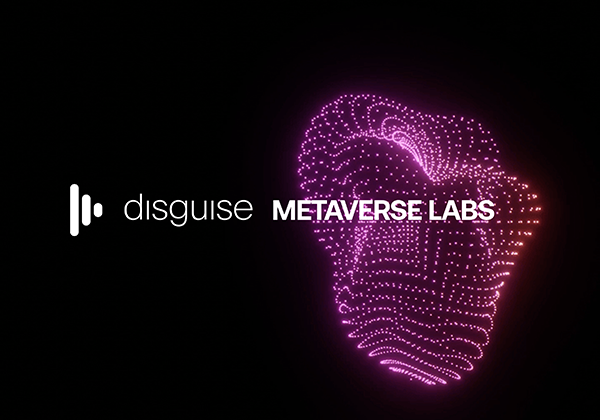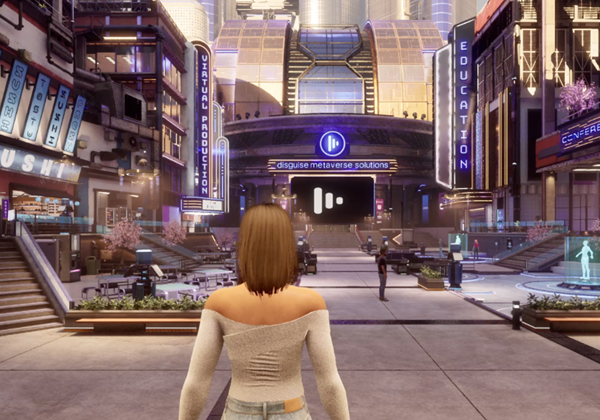
blog 2022 5 min read
Five things to consider when delivering experiences on the metaverse

To explore the state of the metaverse in 2022, disguise recently put together an exclusive panel of guests from industry leaders: XR Studios, Improbable, All Of It Now, Epic Games and Byte. The panel of experts discussed the possibilities that extended reality technologies offer, and how brands are harnessing their power to create innovative new experiences on the metaverse. Here are five key takeaways from the discussion:
1. The online gaming space is ground zero for the metaverse
Popular online gaming platforms like Fortnite and Roblox with large, thriving communities who want to participate and interact in a socially-driven digital environment are the starting point for what the metaverse will look like. Many immersive events, including a number of high profile concerts, such as the Kaskade concert in Fortnite have already taken place within these spaces.
The gaming community’s desire to interact and socialise—rather than passively consume media—creates a significant opportunity that brands can tap into. Music, fashion, film and sports producers and brands can leverage the metaverse and web 3.0 technologies to create highly meaningful, memorable and exciting experiences for their audiences, both existing and potential.
2. Gen Z will be the early adopters
Nearly 50 million people between the age of 18-24, and nearly 25% of preteens in the US regularly play the online game Fortnite. According to Lauren Chester from Byte, “more kids are playing Fortnite than they are playing basketball and football combined.”
It’s this cohort that’s set to be the early adopters of the metaverse.
“The audience is already in these spaces and they are used to expressing themselves in these spaces. They want to spend their allowances on Roblox rather than real money,” says Chester.
This preference for digital over physical goods represents a growing economy that a range of industries are now turning towards.
If there’s 32 million gamers, there’s 32 million avatars that need something to wear, so there’s a real drive for brands to get into that space and start appealing to consumers.”
Lauren Chester, Head of Tech Projects, Byte (Part of Dept)
3. The metaverse creates new possibilities for live events
At the height of the pandemic, the void that many felt in the absence of regular social connection and live experiences was filled by events migrating into the digital space.
While, in most cases, this took place in Zoom meetings, we also saw early glimpses of live events taking place in Fortnite and other online games. These offered a tantalising glimpse into what the future of virtual events might look like. For Rachel Stones from Epic Games, Travis Scott’s live music event in Fortnite—watched by more than 12 million players—was the catalyst, showing the limitless possibilities of what a live event in the metaverse could be.
"It gave artists the vision that not only was it possible to build a personal connection with fans through technology, but also it showcased the creative potential of a limitless digital canvas, which is just so exciting,” says Stones.
Just like a real-life concert, these events are a one-off and never to be repeated, which makes them special. Hosting these events on the metaverse, according to Scott Millar from XR Studios, “throw physics out the window,” making for a truly one-of-a-kind experience.

4. While the possibilities are vast, there are technical challenges to overcome
To achieve genuinely interactive experiences for mass live events in the metaverse, artists and brands must overcome some technical hurdles. These events involve thousands of avatars that will be speaking, moving and interacting with their environment and each other. Given that, in the past, many online gaming servers could host 150 users at maximum, this has presented a considerable challenge.
“When you put all these things together and say I want real-time, deeply social, mass participation; that is a massive technical challenge because of the interplay of all those streams of data,” says Improbable CTO Lincoln Wallen.
Despite the challenges, Wallen is optimistic about what’s possible and believes that, with the right support, the live events of the future can be made a reality.
5. Bringing virtual and physical worlds together
The panel also discussed the ways that metaverse experience can promote, rather than replace the value placed on physical space.
Stones referred to a recent art exhibition held in Fortnite which replicated a “real-life” art event. While some would assume that this kind of event would be less popular for gamers, the event was a huge success and led to young Fortnite users urging their parents to visit the art gallery in the physical world.
Chester also discussed a Roblox game currently being developed for a fashion retailer where players design clothes for their avatars, with one of the goals for the game being the ability to bring these designs into real-life fashion.
We are seeing a broad range of industries and disciplines coming together to create genuinely immersive, physics-defying live experiences in a way that has never been possible before, which represents a huge opportunity for industries ranging from fashion to online gaming.
While what we’re seeing in 2022 is exciting, disguise CXO Alex Wills predicts that the strides being made today are setting the stage for much bigger, better things:
The metaverse represents the next iteration of the internet, and this next iteration is going to be an even bigger shift than web 1.0 to web 2.0, and the advent of mobile.”
Alex Wills, CXO, disguise

